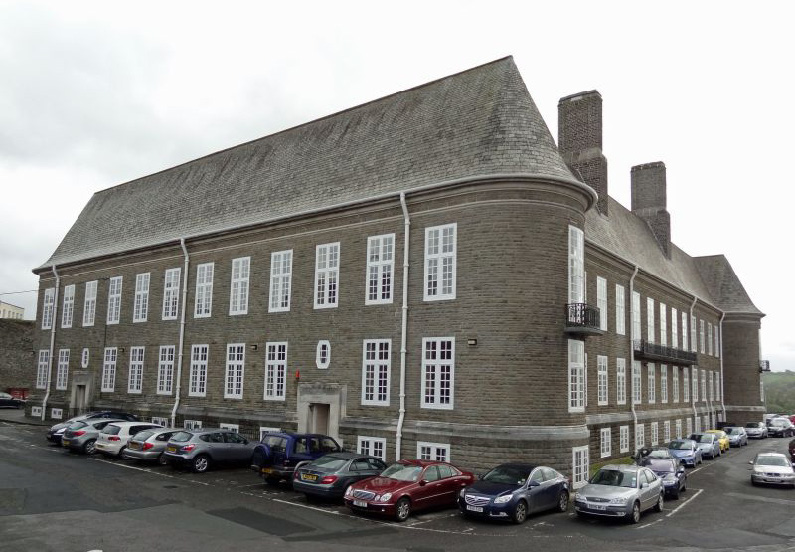THE VIABILITY of schools which cannot claw their way out of deficit is being explored by council chiefs in Carmarthenshire.
The rural authority has a large number of small schools which can be expensive to operate because the funding they receive is based on pupil numbers. There are also staffing and building maintenance pressures to consider.
The council’s cabinet has been looking at options to maintain a sustainable school footprint for a while, and a report before a council committee revealed that 24 primary and two secondary schools were in deficit at the end of March this year, compared to 17 and two the previous year.
Gareth Morgans, the council’s director education of children’s services, told a committee of councillors. “We feel that the number of primary schools we have currently is not sustainable.”
On the plus side, schools overall in Carmarthenshire had reserves of just over £11 million at the end of March – thanks to additional Welsh Government grants during the Covid pandemic – but this was £4 million less than in March 2022.
Aneirin Thomas, the council’s head of education and inclusion, said schools in deficit had to have a plan to emerge from it, but that some were “beyond that”. He added: “We have shared that very openly with the cabinet member (for education).”
Mr Thomas said the council recognised that being in deficit was not the fault of individual schools. It was, he said, the result of the pupil funding formula and wider social and economic changes. He said the education department’s priority was to maintain standards and pupil well-being while decisions about their long-term viability were analysed.
Earlier in the meeting, Cllr Jean Lewis asked why schools got into deficit in the first place. Mr Thomas said staffing costs were the main pressure for every school, and that low pupil numbers could mean insufficient money being available to fund the expected level of teaching and administrative staff. The committee said staff absences had also led to a significant expenditure on agency workers.
There are options to pool resources, for example by having one head teacher manage two schools, but Mr Morgans said he felt this was “a sticking plaster approach” which was not sustainable. He reckoned that a school needed to have 150 to 200 pupils at least to make it viable in the long term.
The education, young people and Welsh language scrutiny committee also heard that the condition of many Carmarthenshire schools was category C, meaning that they were operational but that major repair or replacement was needed in the short to medium-term. One unidentified school was in the lowest D category, meaning that it was inoperable or at serious risk of major failure or breakdown.
Schools are responsible for day-to-day repairs, such as fixing a broken window, while the authority was responsible for larger work such as a replacement roof. Mr Morgans said the council had, in some instances, made schools carry out maintenance.
Cllr Glynog Davies, cabinet member for education and Welsh language, said all education departments in Wales faced a challenging financial period. Carmarthenshire Council, he said, had been able to protect education budgets until the current financial year.
Alongside the day-to-day funding of schools is a wider programme of investment in new school buildings, called Sustainable Communities for Learning, with the majority of the cost funded by the Welsh Government. Cllr Davies emphasised the word “sustainable” in the programme name.
And, referring to the number of schools in deficit, he said: “Some of the schools don’t have a hope of improving the situation they are in.”



















